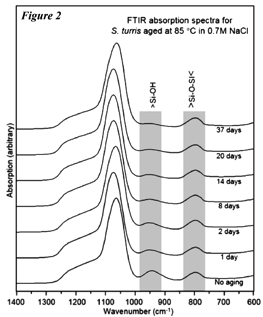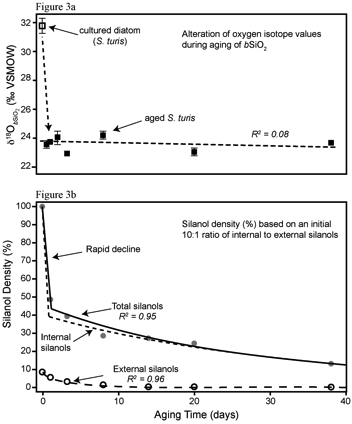Reports: DNI253798-DNI2: Silicon Isotopes in Biogenic Silica as a Novel Proxy for Exploring Carbon Cycle Dynamics Throughout the Cenozoic
Justin P. Dodd, Northern Illinois University



Justin P. Dodd, Northern Illinois University



Reports in the ACS PRF Annual Report are published as submitted by the Principal Investigator.
Copyright © American Chemical Society